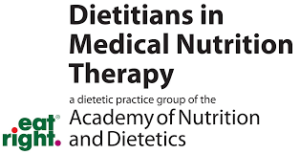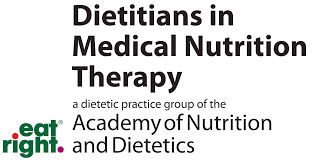What is intuitive eating?
Intuitive Eating© (IE) is a non-diet approach to healthy eating. This approach focuses on listening to how foods make you feel physically and emotionally, rather following a diet based on rules and restrictions.
Who should implement intuitive eating?
Everyone can benefit from intuitive eating, especially people with gastrointestinal disorders who want a more relaxed or less restrictive approach towards eating. Those with disordered eating patterns may find it particularly helpful:
- Spending too much time thinking about food
- Skipping meals
- Restricting foods and/or food groups that are not medically recommended
- Following restrictive diets for controlling weight or body shape
- Feelings of loss of control around food
- Feelings of guilt or shame after eating certain foods
- Feelings of fear or anxiety after eating certain foods
Getting started on intuitive eating
-
Reject the diet mentality
Some diets can be helpful for reducing symptoms but, just like medications, strict diets can have side effects. Will you feel restricted on this diet? Will it lead to a lack of nutrients in your body? Will this diet cause you to feel more tired? You don’t always have to follow a diet to reduce symptoms.
-
Honor your hunger
Many people ignore their hunger cues because they’re worried about eating foods that could cause symptoms. Instead, it may help to keep easy-to-grab “safe” snacks on hand and plan out meals in advance.
-
Make peace with food
Unless your health care provider told you to avoid a certain food, you can likely adopt a more relaxed approach towards eating. Even if you know a food trigger’s symptoms, it’s okay to still have it from time to time because sometimes it’s worth it!
-
Challenge the food police
Information found on the internet and social media may be conflicting and/or inaccurate. Find a trusted source for your nutrition information, such as a registered dietitian. That way, you can be sure you’re following up-to-date information and keeping your diet as varied as possible.
-
Discover the satisfaction factor
Instead of avoiding a food that causes symptoms, find a food that’s better tolerated. That way, you can still enjoy your favorite meals and cultural dishes. You can also create a big list of meal ideas to avoid eating the same meals over and over again.
-
Feel your fullness
Waiting to eat until you’re very hungry often leads to overeating which could worsen GI symptoms. Instead, try to carry well tolerated snacks with you and create tasty filling meals.
-
Cope with your emotions with kindness
Food-focused events are often a source of concern for people with GI symptoms. Plan ahead by (1) bringing a dish you can tolerate and share, (2) eating before you go or (3) bringing tolerated snacks can help you enjoy the event.
-
Respect your body
Gastrointestinal conditions may lead to changes in your body. Try to focus on feeling good on the inside, rather than the number on the scale, or what you look like on the outside.
-
Movement — feel the difference
Listen to your body by moving in a way that makes you feel good. Sometimes movement might be walking to the mailbox and back and other times it may be something more.
-

Honor your health with gentle nutrition
Drop the all-or-nothing mindset when it comes to nutrition. It’s what your diet looks like as a whole, not what you eat in a single meal, that makes the biggest difference in how you feel.
Resources
Written by

Brittany Roman-Green, MS, RDN, CPT
Reviewed by the DIGID Disordered Eating in GI Workgroup ©March 2021

Brittany Roman-Green, MS, RDN
DIGID Disorders of the Brain Gut Interaction Workgroup ©2021



